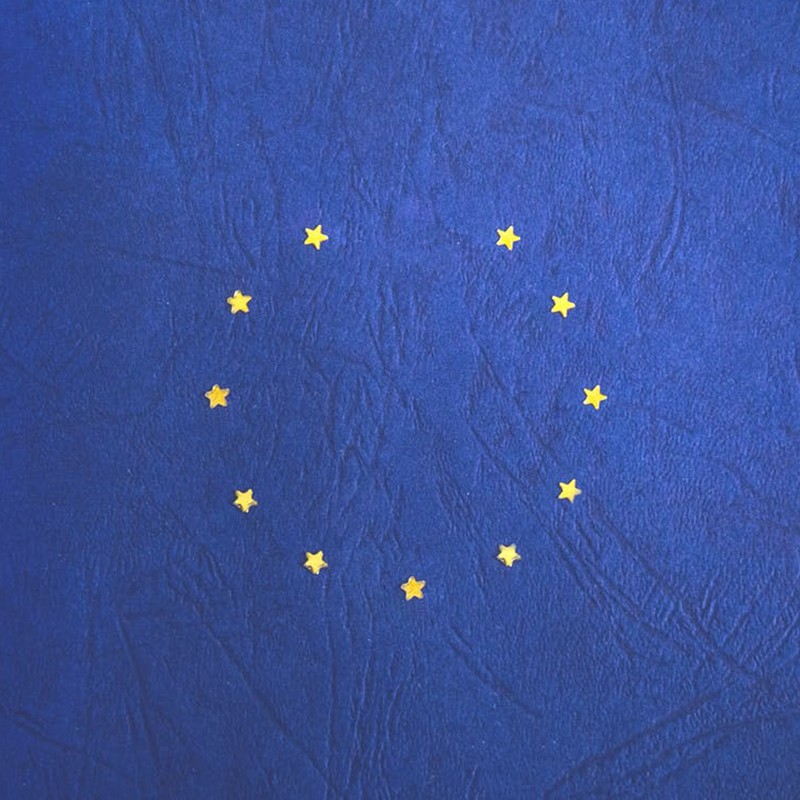Brexit: What You Need To Know
What’s the latest?
It’s been a particularly difficult couple of weeks for Theresa May, who had her Brexit Chequers plan trashed at the meeting of the European Council in Salzburg. The Chequers plan had laid out the future of the UK-EU relationship based on a few basic principles. These include a “facilitated customs arrangement” where Britain sets its import tariffs but abides by the EU’s tariffs when sending goods to Europe, plus a “common rulebook” for goods – i.e. keeping some of the EU’s existing regulations to keep trade moving – and avoiding a hard border in Ireland.
These plans hit brick-wall with EU leaders in Salzburg. Despite this, the PM has seemingly managed to steady her political ship, even getting the cabinet to come together and agree on some important areas of post-Brexit immigration policy. This, however, is a small victory on an increasingly tight negotiation schedule. While Chequers loyalists may continue to insist it is the “only credible plan on the table”, the Irish border problem is yet to be fixed. Though May has said the government will not budge on its stance, the EU may be hoping that when push comes to shove, May will provide some flexibility on currently ‘non-negotiable’ positions.
Elsewhere however, rumours the Labour party intends to vote down any government deal has seen the EU begin to prepare for the worst. As Labour chase a general election, the EU has reportedly stepped up its planning for a no-deal exit, with a leaked document saying: “Preparedness work has to intensify in the months ahead… as uncertainty remains about the outcome of the negotiations and the ratification of a possible deal.”
So, what is the problem with the Irish border?
What both the UK and the EU can agree on is that there should be no hard border between Ireland and Northern Ireland – meaning no physical infrastructure like border posts and customs checks. It is crucial the border remains open as an important part of 1998’s Good Friday Agreement, which ended the Troubles – violent political conflict that began in the 1960s. However, with Northern Ireland set to leave with the rest of the UK, its border with the Republic of Ireland is due to become the only land border between Britain the EU.
This raises an issue for customs checks, which will be needed for goods entering and leaving their respective territories. Currently, both people and goods cross the border with no checks – and EU and UK negotiators are yet to find a way of maintaining this situation. The EU initially proposed a special customs deal for Northern Ireland, keeping it within the same regulations as the Republic. This was rejected by the PM who said it would create a “border down the Irish sea”. This view was echoed by the Democratic Unionist Party, Northern Ireland’s largest political party – who insisted they would vote down any deal which left the country with a different arrangement to the rest of Britain. Insisting that there cannot be border-checks or a separate deal for Northern Ireland to avoid these checks means the prime minister has left very little room for negotiation. Neither side has yet found a way around this deadlock – European Council president Tusk demanding May provides a solution in time for the Brexit summit later this month.
And what about what’s going on in the Conservative Party?
So far, Theresa May appears to have negotiated Brexit storms within her own party without losing a grip on her leadership. Aside from her struggles with the EU, the PM is also likely to face a series of challenges from both Tory dissenters and the Labour party. May has survived this week’s Conservative Party Conference – seeing off challenges from hard-line Brexiteers set against the Chequers plan. The PM also spent much of her conference speech attacking the Labour leader Jeremy Corbyn – confirming rumours senior Conservatives now see him as major electoral threat.
Elsewhere, full time troublemaker Boris Johnson is continuing to attack May’s plans, labelling Chequers “deranged”. On Tuesday, Johnson spoke at a conference fringe event where he described May’s plans as “dangerous and unstable” – opting for a full-blown assassination of Chequers, saying: “This is not democracy. This is not what we voted for. This is an outrage.” Despite Johnson’s arguments making headlines, they haven’t had a serious effect on May’s leadership – beyond underlining existing divisions within the party. Some have even jumped to May’s defence, Chancellor Phillip Hammond arguing Johnson is a “big picture man” who wasn’t suited to the “complex negotiation” demanded by Brexit.
So what can we expect from the next six months?
As the EU leaders have shot down May’s Chequers plan, it’s likely we’ll be seeing some pretty considerable updates to the Brexit arrangement in the coming weeks and months.
If the government is to continue with Chequers, May will first need keep Tory support for the deal intact. If she doesn’t, she may be face a leadership challenge. At the very least, it would signify to EU negotiators Chequers is not a deal worth compromising over. If the PM does hold onto Chequers support, the next hurdle is successfully getting it approved by the EU – a far bigger task. The summit at the end of this month will address the government’s new, yet to be seen Irish border solution. The UK must produce a workable fix for the deal to move forward, most likely finalising further details in a November summit.
If May does manage to come to an agreement with the EU it will probably be made by compromising and accepting either a Norway-style deal or a free trade deal, meaning continued access to the single market but far less say over its rules. After that, the government will come face to face with the final hurdle: passing the deal in parliament. If they approve the agreement, Britain will exit the EU on March 29th 2019. However, the possibility MPs may not approve May’s agreement with the EU has appeared increasingly likely. Jeremy Corbyn has certainly suggested the Labour party could vote the deal down in pursuit of a general election. One thing is for certain: if the deal did fail in parliament, there’s no clear direction for what would happen next.
And beyond?
If the PM pulls off a successful agreement with the EU, approved on all sides, the UK will move into a two-year transition period – with talks starting all over again to iron out the details. During this transitional stage, many features of the UK’s membership will continue, such as free movement and access to the single market. This stage is currently due to end on 31st December 2020 – with a complete end to separation proceedings expected to happen sometime in the mid-2020s.
Alternatively, if Theresa May fails to strike a deal with the EU, there could be an extension of negotiation time. If not, Britain will exit the union in March – seeing the removal of EU rules and regulations in trade, immigration and law. Currently the aftermath of a no-deal situation remains unclear. However Christine Lagarde, managing director of the International Monetary Fund, has warned a disruptive exit from the EU could risk pushing the UK into a recession. UK businesses have also issued warnings, major carmakers Honda, Jaguar Land Rover and BMW claiming a no-deal Brexit would result in huge costs, employee cuts and temporary factory closures respectively. Disruption in trade is likely to cause delays at the border – prompting the government to discuss the stockpiling of vital goods, such as medicines, with their European producers.
Ultimately, it is likely a no-deal exit would spell the end for Theresa May, signifying a clear failure in her political negotiations with the EU. Certainly, if the UK was to leave without a deal, Labour would seize the opportunity to push for a general election – either way, failing to negotiate an agreement would lead to significant political turmoil. With Brexit D-Day currently appearing as a no-deal cliff edge, the pressure is certainly on. Only time will tell how the UK will exit the EU, but as it stands it will be happening on the 29th of March. Watch this space.
DISCLAIMER: We endeavour to always credit the correct original source of every image we use. If you think a credit may be incorrect, please contact us at info@sheerluxe.com.






